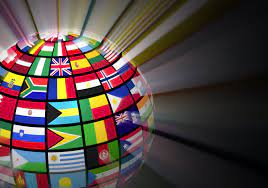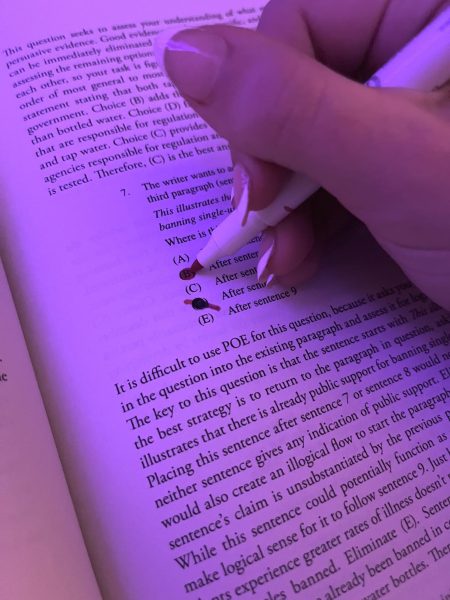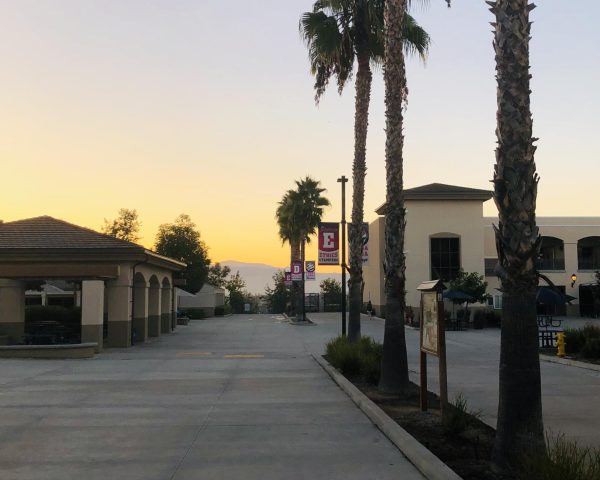The Most Unique Languages Spoken Across the World

Languages that are spoken in the most common parts of the world might be unheard of to the general population.
January 12, 2022
There are over 6,500 languages spoken daily across the world. A majority of these languages are unknown to people and can be so unique to their native people that it can be difficult for non locals to even try and understand the language. This is the case for Piraha, a tribe living in the Amazon by a river known as the Maici River. This tribe’s language is so unique and is vastly different from what society’s understanding of language is. This has led scientists after decades of research to question whether or not it’s a legitimate form of dialect. According to The New Yorker, their language is solely based on eight constants and three vowels, and is known to be one of the most simplistic sounding languages in the world. Although the basics of it are simple, the language is composed of varying sounds, tones, and stresses that can only truly be mastered by a native speaker. The Piraha believe that any language that is not their own is inferior, and they choose to deny anything that is not from their world. It’s believed that that is why they haven’t really evolved since the 1700s, which is when they were found. Because of this, it has been hard for people to understand their language and the origin of it.
To add on, Adamanese is another unique and intricate language that is spoken by the tribe of Andaman, an island off the coast of the Indian ocean that is located in the Bay of Bengal. According to a professor at the School of Languages, this dialect is one that has been altered by the varying tribes that live off the coast of the Indian ocean. These differing tribes are determined by who lives in the northern, southern, and central part of the region. This was determined by the shockingly different vocal folds and lip movements of the language’s native speakers. Aspiring language learner Karen Tong who might want to study languages in the future says that she’s “recently been interested in language learning, and I think that learning about these languages that are practically unheard of is really cool” (Karen Tong 10). To add on, the language is most notable for its use of affixes, which are used to enunciate the meanings of specific words in sentences. Also, surprisingly enough, there is no established number system, and they refer to numerical objects by “one” and “more than one”. Unfortunately, the language is currently dying, as it has only fifty native speakers left.










































